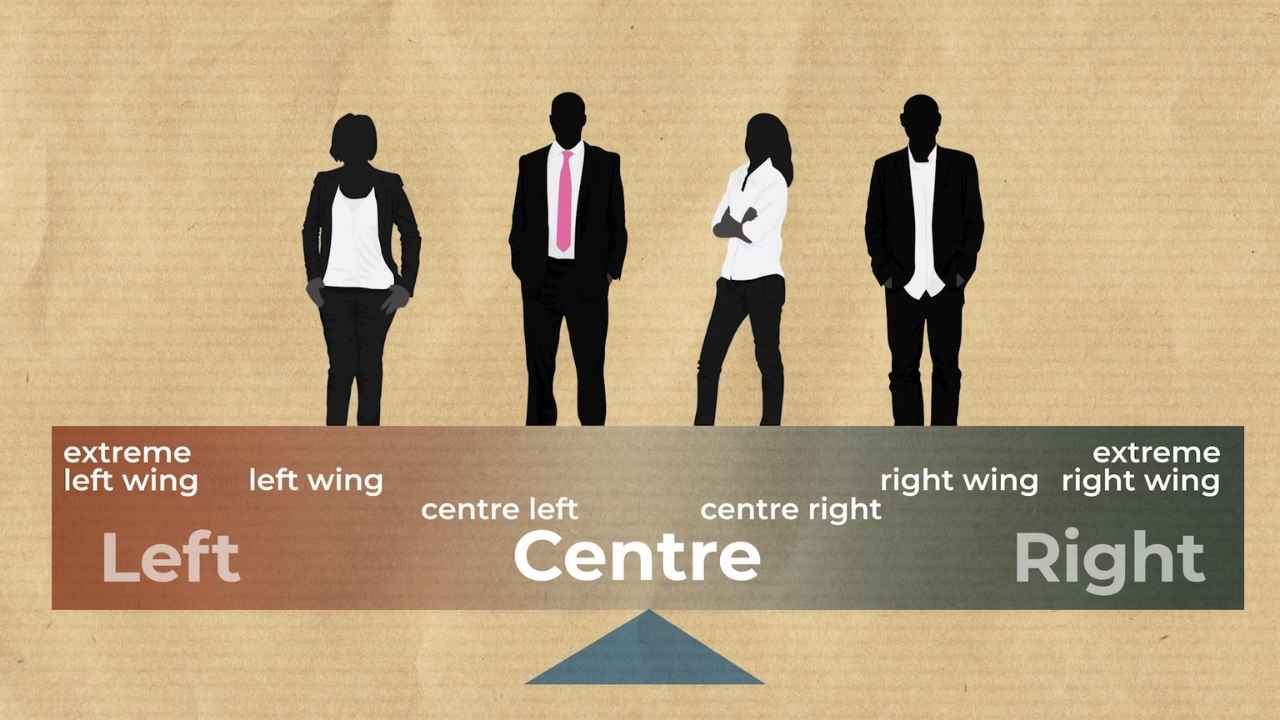In political discourse, terms like left-wing and right-wing often surface, but what do they truly mean? Understanding these fundamental differences is essential for navigating today’s political landscape.
What Are Left-Wing Politics?
Left-wing politics generally promote social equality, advocating for policies that aim to redistribute wealth and power. This ideology often aligns with movements for racial and gender equality, environmental protection, and social justice. Progressive taxation, government intervention in the economy, and universal healthcare are typical left-wing policies.
What Are Right-Wing Politics?
On the other hand, right-wing politics emphasize individual liberties and the belief that personal responsibility leads to national prosperity. Traditional values, limited government intervention, and free-market policies characterize right-wing ideologies. Advocates often argue for lower taxes, minimal regulation, and stronger national defense.
Who Supports Left-Wing vs. Right-Wing Politics?
Supporters of left-wing policies tend to be found among young, urban, and diverse populations, often focusing on humanitarian issues and reforms in social policies. Conversely, right-wing supporters frequently come from rural and suburban areas, emphasizing national pride, traditional values, and economic independence.
When Did These Terms Become Popular?
The terms “left-wing” and “right-wing” originated during the French Revolution in the 18th century, where those sitting on the left side of the assembly favored radical change, while those on the right preferred maintaining the existing order. These historical roots continue to influence modern politics.
How Do They Differ in Policy Approaches?
| Policy Area | Left-Wing Approach | Right-Wing Approach |
|---|---|---|
| Economy | Government intervention, welfare programs | Market freedom, tax cuts |
| Social Issues | Progressive reforms, equality | Traditional values, family structure |
| Healthcare | Universal healthcare | Privatized healthcare options |
| Government | Large government role | Limited government role |
Conclusion: Navigating the Political Spectrum
Understanding the differences between left-wing and right-wing politics enables citizens to make informed decisions and engage in meaningful discussions. While left-wing ideologies prioritize social equality and government intervention, right-wing beliefs focus on individual freedoms and economic independence. Recognizing these distinctions is vital for anyone seeking to understand their own political placement and the issues influencing today’s world.
